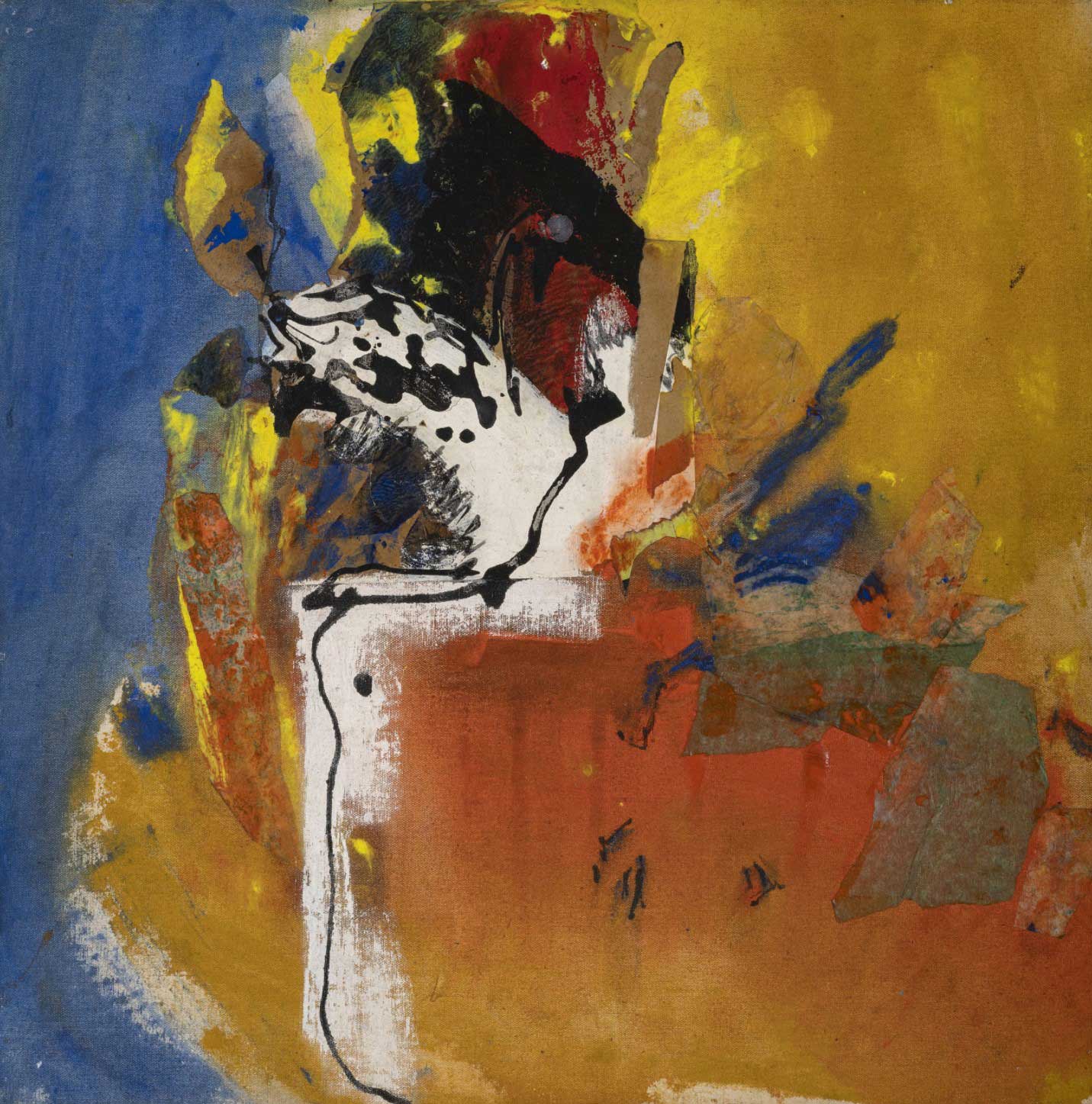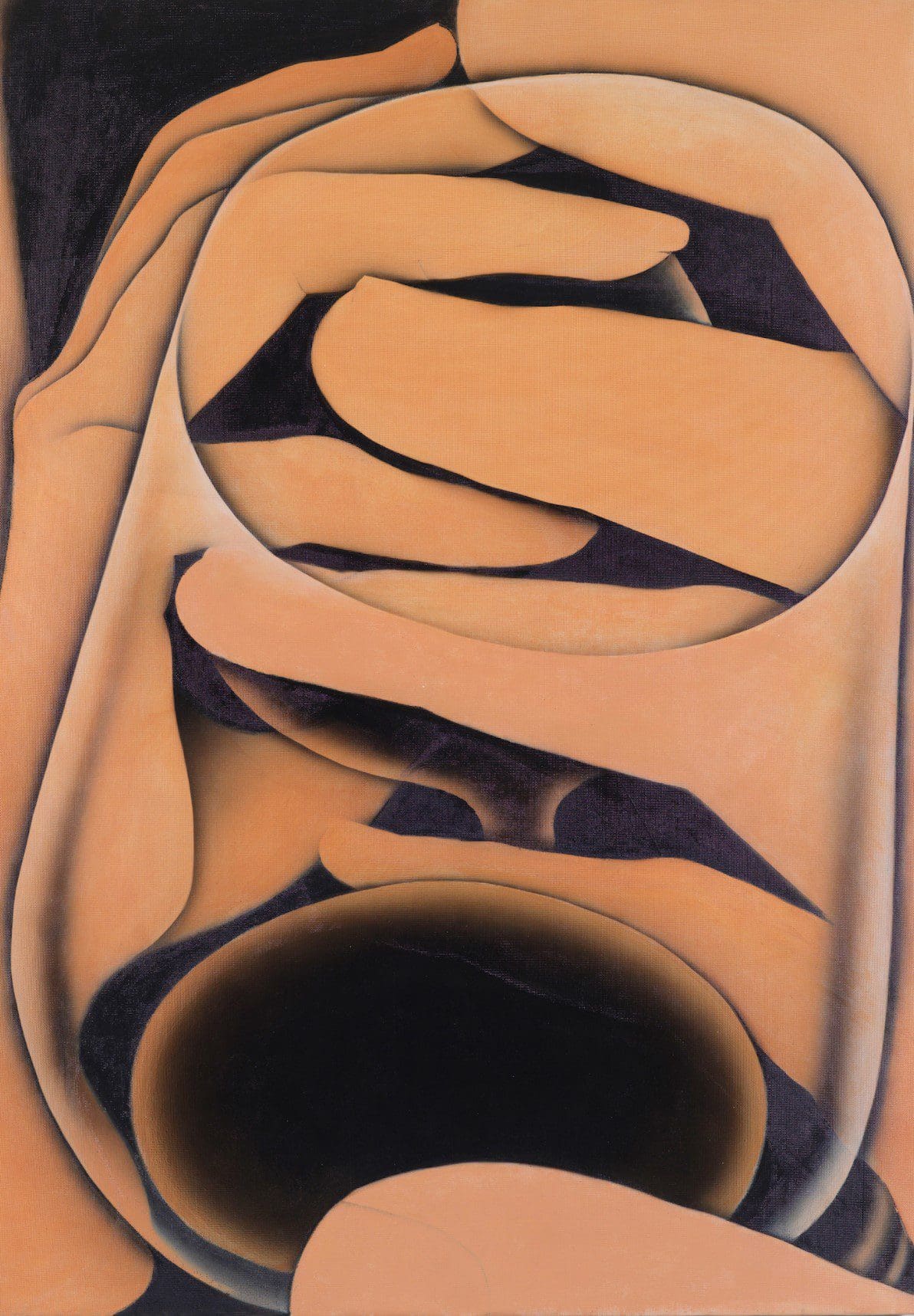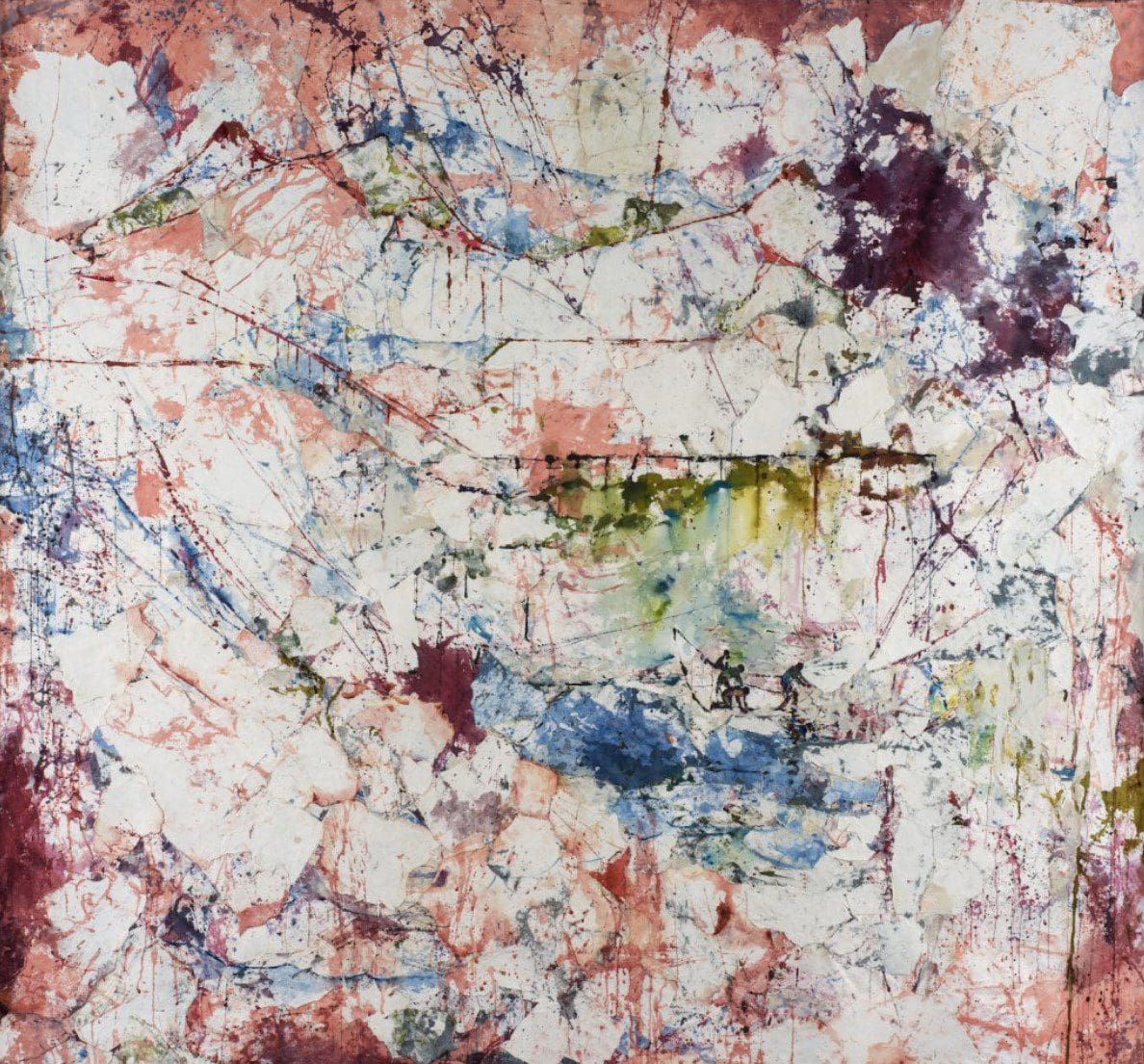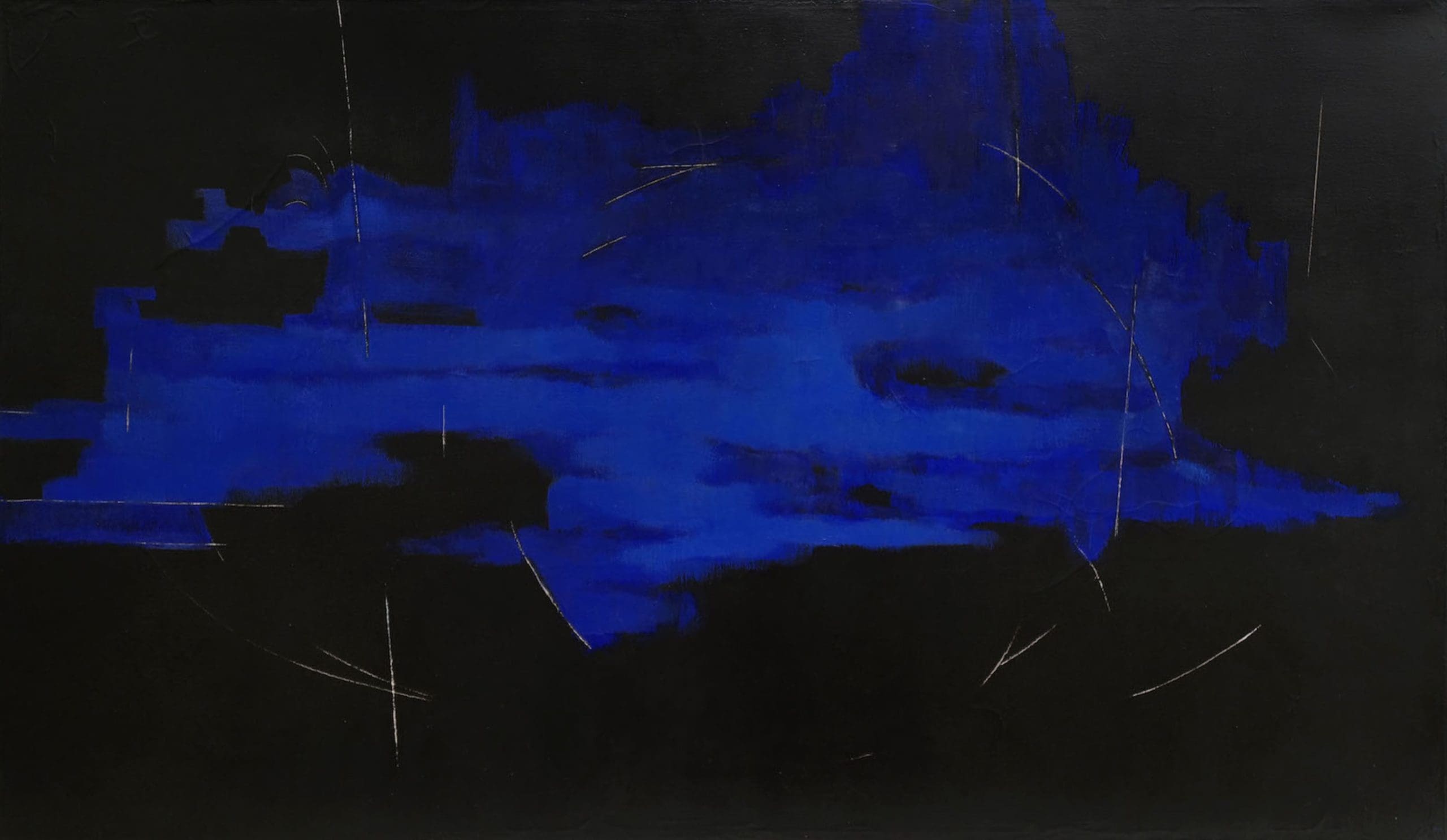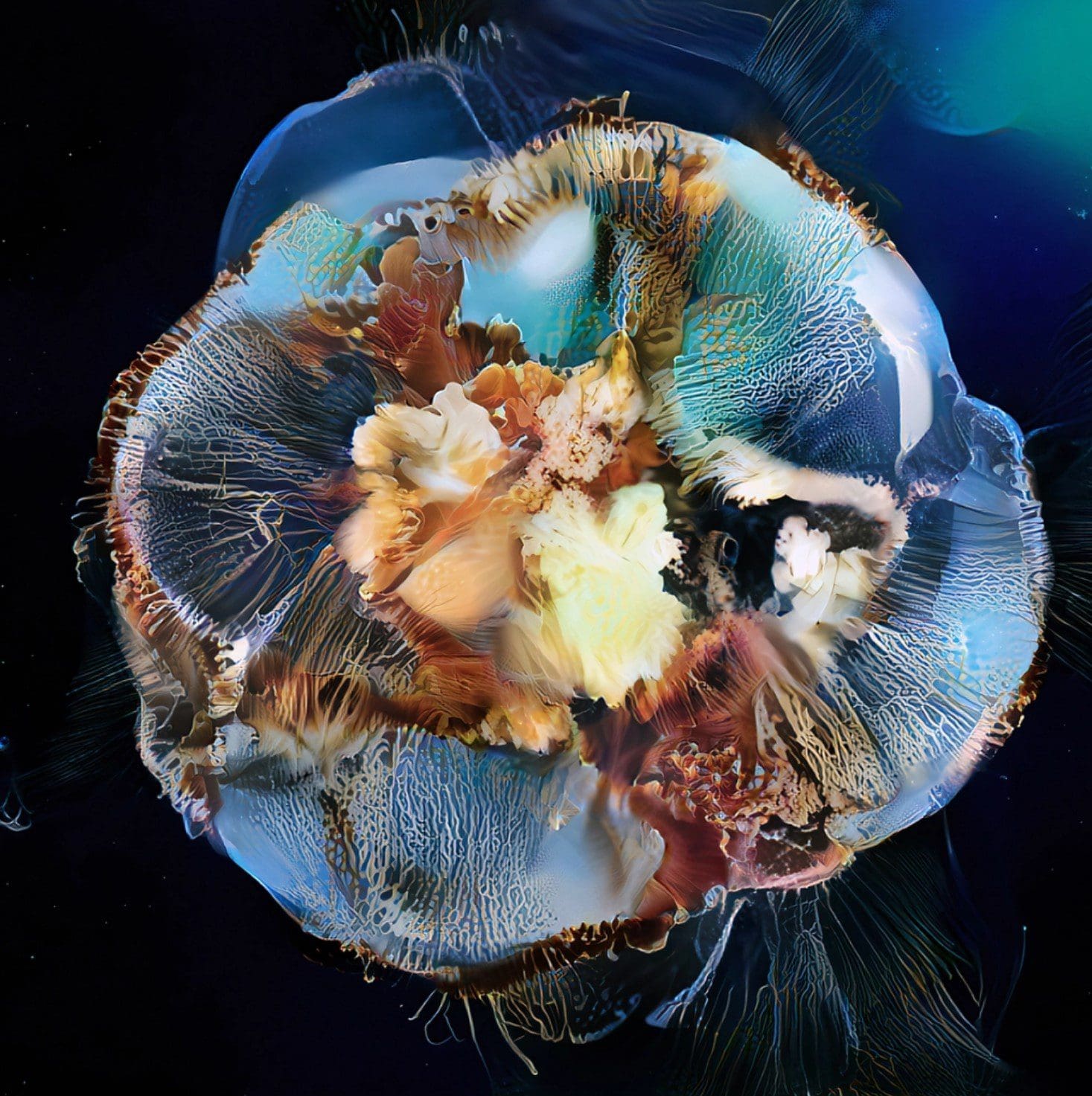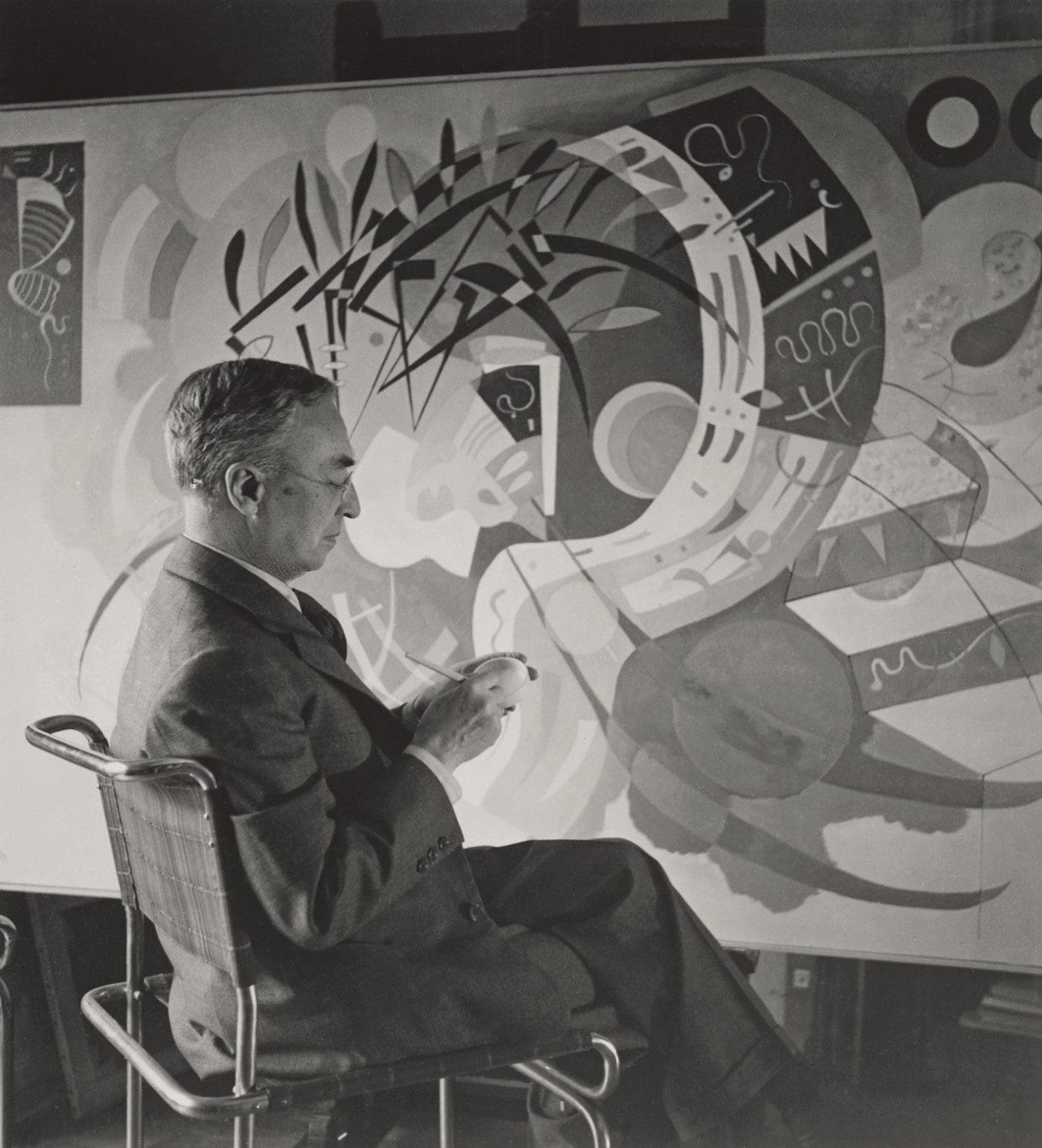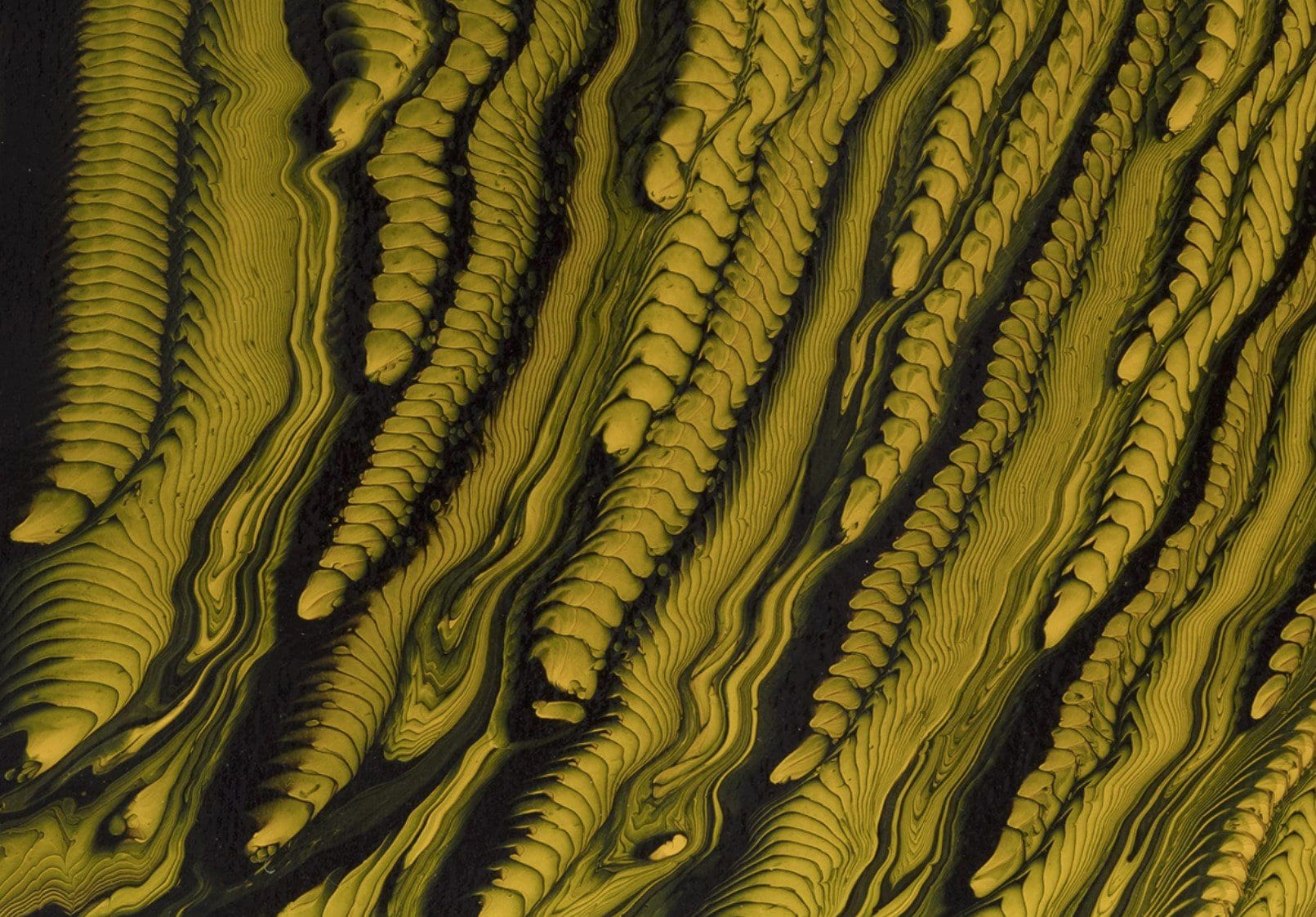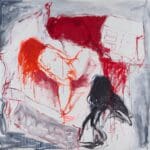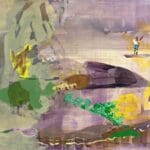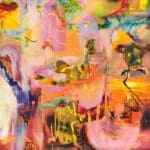Patsy Mudgedell, Untitled. Collection of Warlayirti Arts – Balgo. Photo courtesy of the South Australian Museum, Adelaide.
It took nearly 40 years, but an exhibition of groundbreaking Balgo paintings, which helped give birth to the contemporary Aboriginal Australian art movement, is finally on view.
Lost for decades, the paintings turned up in a shipping crate in 2019, and, after being cleaned and restored, are on display in “Balgo Beginnings” at the South Australian Museum in Adelaide.
In the early 1980s, the tiny Indigenous community of Balgo learned of the burgeoning desert painting movement of Papunya, near Alice Springs, some 400 miles away. Inspired by the example, they created their own board paintings.


